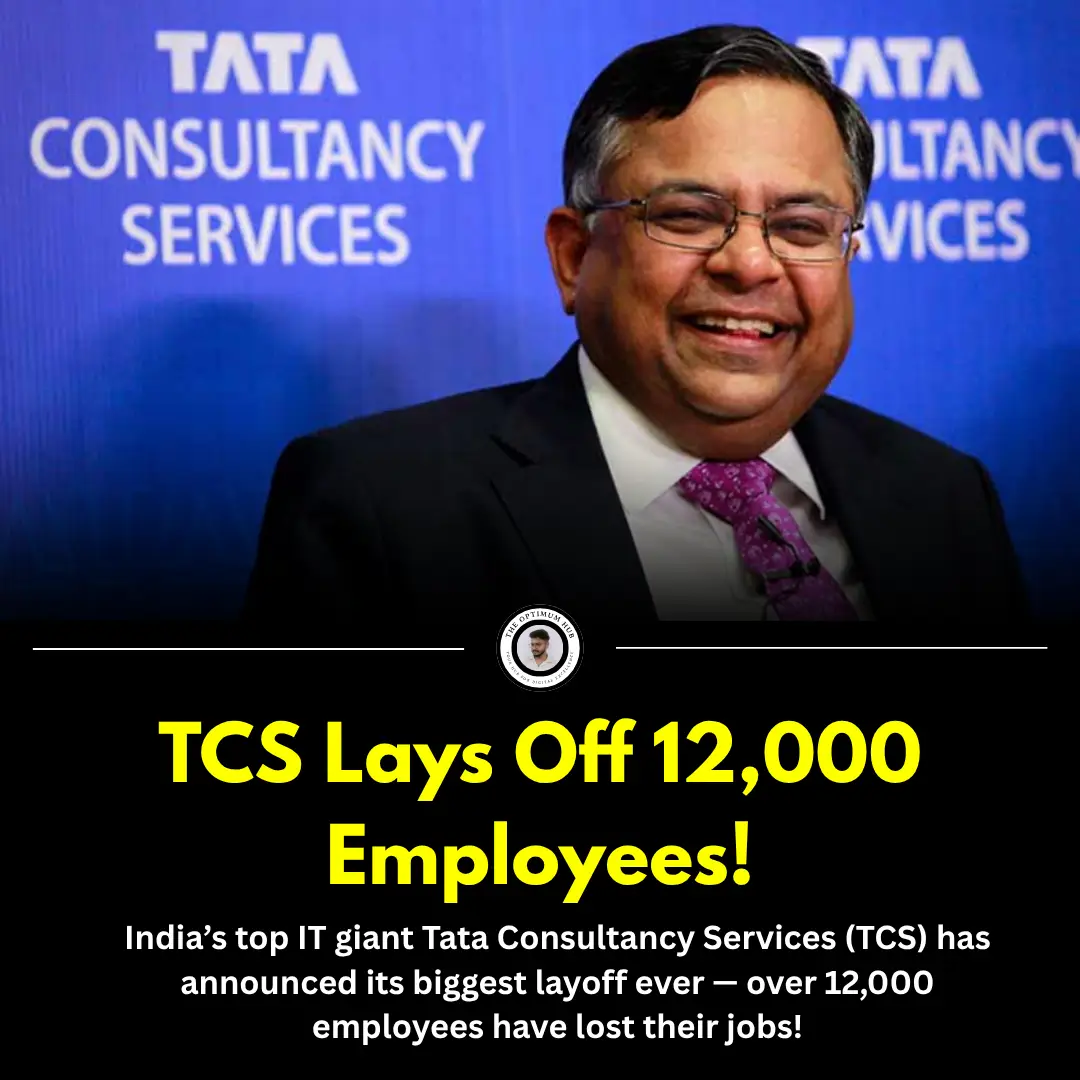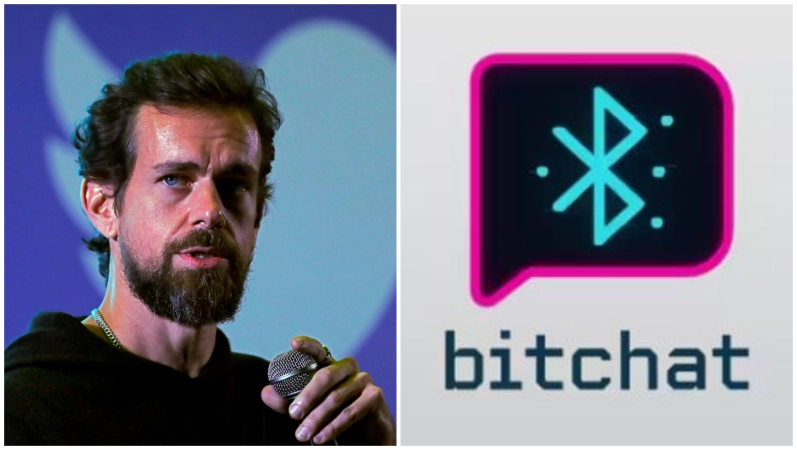India is stepping into a new era of connectivity. Elon Musk’s satellite internet venture, Starlink, has finally received conditional approval to operate in India. This move could revolutionize internet access in rural and underserved regions across the country.
Spectrum Allocation:
India’s telecom regulator has recommended a 5-year satellite spectrum allocation, extendable up to 2 more years, based on market demand and infrastructure readiness.
Revenue Model:
A 4% revenue share is proposed for satellite services, with an annual minimum fee of ₹3,500 per MHz. Interestingly, users in rural areas are exempted from user charges, while urban users may pay ₹500 per year.
Partnerships & Expansion:
Starlink has reportedly signed MOUs with telecom giants like Airtel, Jio, and Vodafone Idea, which could help boost coverage and deployment speed across the nation.
Why This Matters:
- Bridging the Digital Divide:
Millions in rural India still lack reliable internet. Starlink’s low-orbit satellites could offer high-speed, low-latency internet in areas where traditional fiber is not viable. - Boost for Digital India:
Sectors like education, telemedicine, e-commerce, and fintech will directly benefit from improved internet availability in tier-2 and tier-3 regions.
Challenges Ahead:
- Regulatory Hurdles:
Starlink must meet data privacy, local server hosting, and national security norms laid out by Indian authorities. - Affordability Factor:
Pricing must stay accessible for rural users to make a meaningful impact.
Starlink’s conditional approval could mark a transformative moment in India’s digital journey. While challenges remain, the potential for progress — especially in remote areas — is undeniable.
Would you use Starlink’s satellite internet if it launched in your area?
Drop your thoughts in the comments or share this article if you found it insightful!










